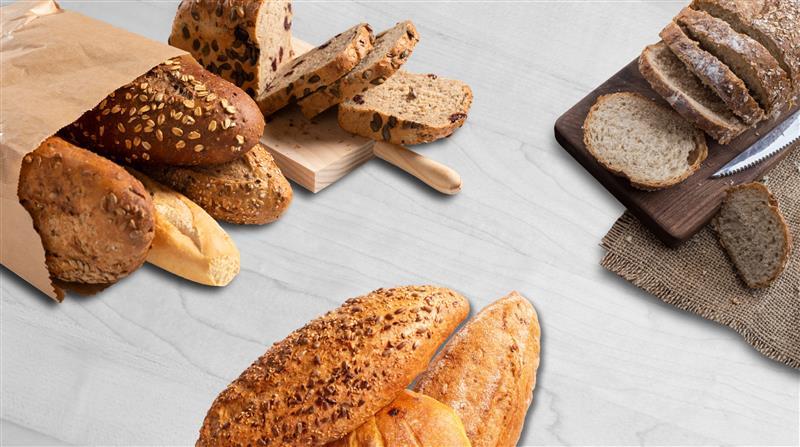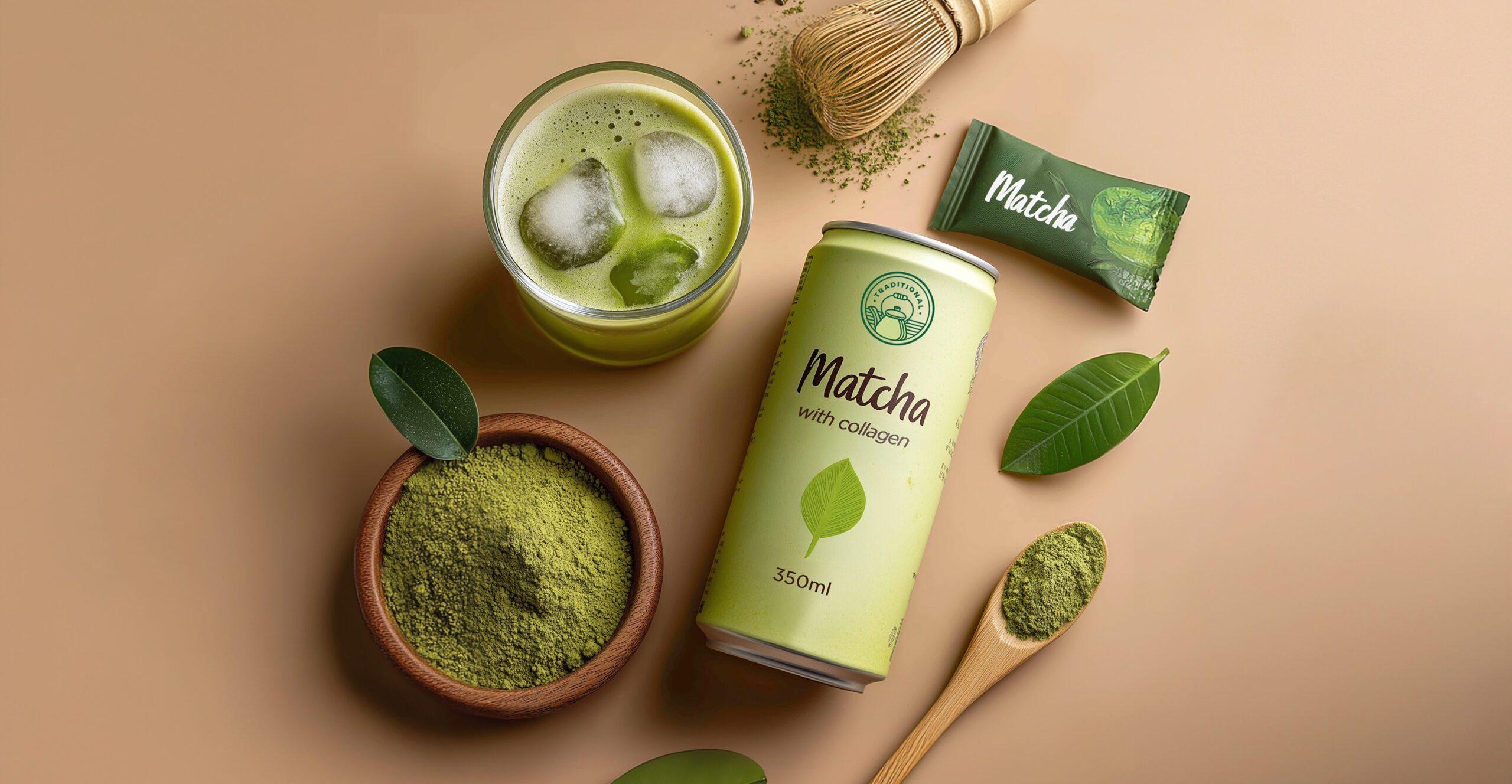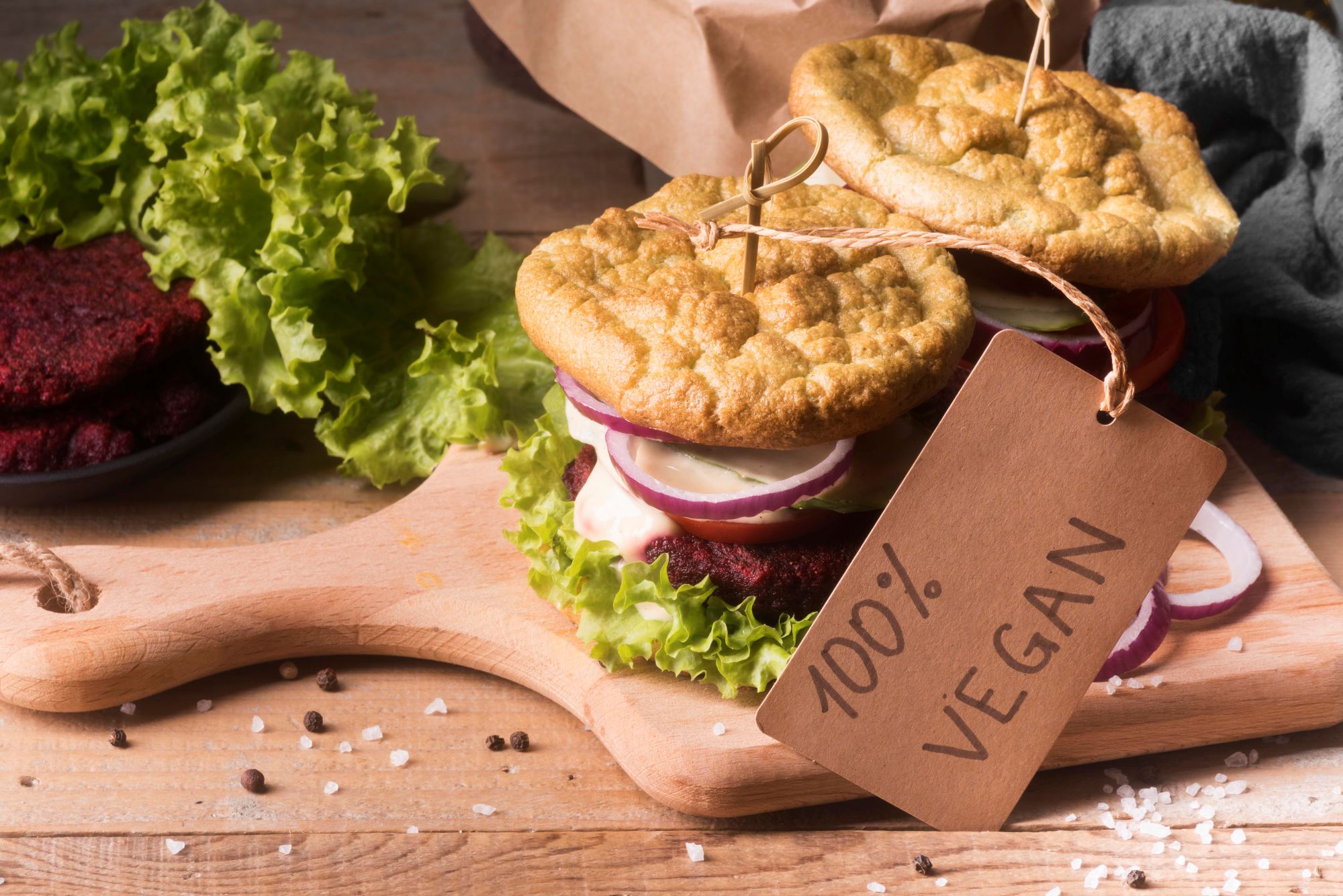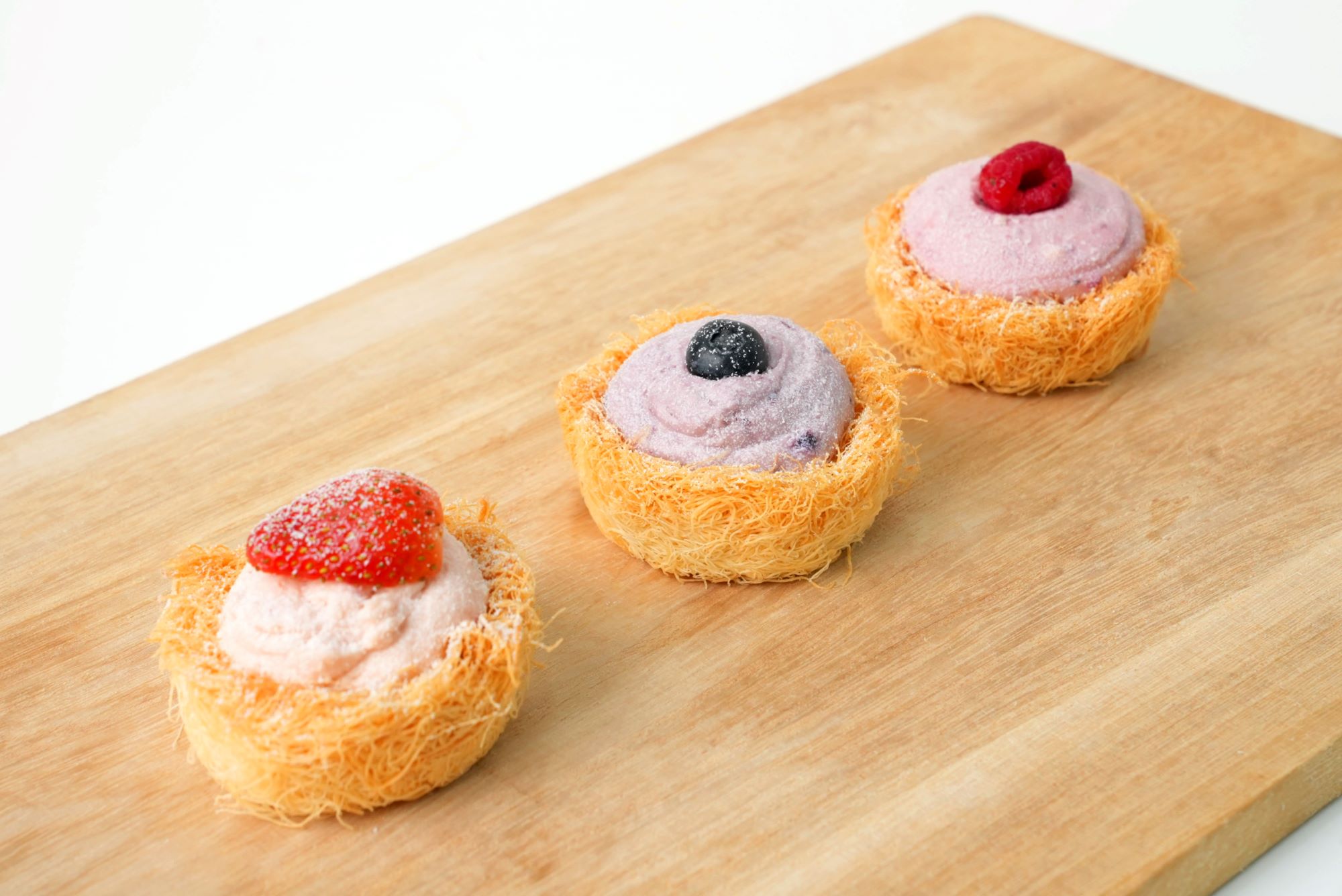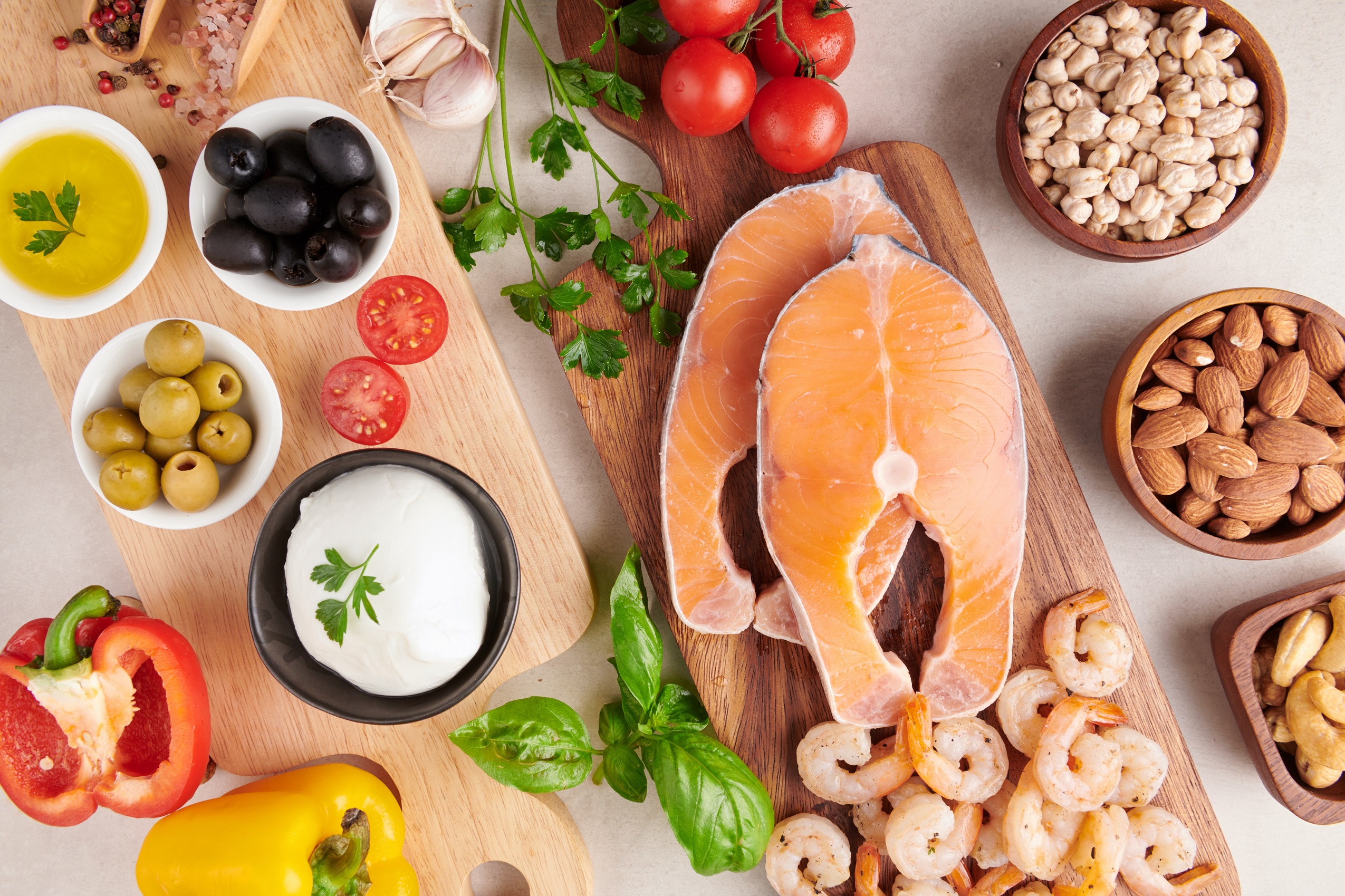Throughout the modern world, customized nutrition based on specific lifestyles is gaining traction9. Ketogenic diet, or Keto is quickly becoming one of the most popular diet plans in the health-centric world, especially for weight loss. In simple terms, a keto diet is a very low-carb diet. This diet focuses on consuming and drawing energy from foods rich in healthy fats and protein.

By limiting carbohydrate intake, the body enters the metabolic state of ketosis, which helps your body burn fat as fuel instead of glucose from carbs8,13. The ketogenic diet can control blood sugar levels and insulin resistance and has been shown to improve a range of health markers in adults with metabolic syndrome*.
In 2020, “keto” was the most Googled food-related topic in the world with 25.4 million searches and overtook previously popular diets such as the Atkins Diet and intermittent fasting. It is expected that the global ketogenic diet market would be worth $15.6 billion USD by 20275. The keto diet is trending not only in US and Canada but also increasingly in Japan, South Korea and other Southeast Asian countries5. Keto-friendly dietary lifestyles continuously appeal to consumers who still seek solutions that align with their health values and expectations.
Keto-Friendly Baked Goods Come with Unique Challenges
If you think that you’d need to give up bread forever when going through a low-carb or keto diet, think again. Baked goods can be produced with the use of keto-friendly ingredients alone. However, traditional ingredients — wheat flour, sugar, starch — provide some of the most significant functionality in baked goods3. The baked goods produced via ketogenic ingredients might not be palatable like regular bakeries. The reason being all the essential ingredients like starches and other carbs that bind easily with water have been substituted with nut flours that relatively hold little moisture, thereby leading to a very dry texture and mouthfeel4. Moisture content is the biggest challenge frequently encountered by most bakers as they attempt to make low-carb products4.
Traditional whole wheat flour and sugars are off the menu, but there are plenty of alternatives available for keto baking that make it possible to enjoy these foods and stay in ketosis.
Keto Flour Substitution – Carb cravers rejoice!
Almond flour is a great alternative to conventional wheat flour. Almonds contain 35–40% fat, 20–25% protein, 10-15% carbohydrate, and 15–18% total dietary fibre, hence it is a good alternative for a ketogenic diet15. Other than monounsaturated fatty acids like oleic acid for fat content, tocopherols, various minerals and vitamins, and phytochemicals are also part of the nutrients present in almonds15. Flour from raw almonds has a very soft texture with a similar appearance to conventional white flour but carries a unique flavour. Studies have shown the combination of 30g of almond flour with 5g of coconut flour in cupcakes obtains moister, more tender, and more favoured over regular coconut flour cupcakes, even though it had substantially less moisture10.
Chia seeds is one of the low-carb and highly nutritious grains that can be consumed in the form of whole seed, ground seed, seed mucilage, and seed oil12. Chia seeds provide lots of fibre, protein, omega-3 fatty acids, antioxidants, and several essential minerals. Chia flour is a fine powder derived from ground chia seed1. It is found to be a good substitute for wheat flour in baked goods where it imparts a delicate nutty mild flavour that works well in sweet and savoury baked items and a greyish tone to the crumb2. The fibre-rich fraction in chia flour resulted in higher water-holding capacity and increases mixing tolerance and tenacity of dough1,2,11. Besides, you can also simply sprinkle chia seeds onto your bread or biscuits to add some crunch or extra thickness.
Satisfying the Sweet Tooth in a Ketogenic Diet
Apart from using low-carb flour, the sugar-free sweetener is used to replace sugar in keto baking to keep the carbohydrate content low. Stevia acts as a natural zero-calorie sweetener that is 250 to 300 times sweeter than sucrose and has no impact on blood sugar levels, therefore it is appropriate for people with diabetes and obesity15. It has been found that the use of almond flour and stevia in cookie formulation helps in lowering carb quantities while enriching the protein, dietary fibre, and phenolic content15.
Mix It Up!
Personalized nutrition no longer depends on cultural practices, but also can be affected by geographical factors adding to the expected lifestyle that consumers look forward to. To align with the limited carb count of a keto diet, both flour and sugar typically need to be swapped with more keto-friendly ingredients. By using some of the ingredients listed above, you can modify recipes to fit within keto baking. At DPO International, we are honoured to be partners with chia ingredients specialist, Benexia to bring you a wide range of ingredient choices that will produce highly nutritious bakery products.
*The metabolic syndrome will indicate signs of large waist circumference, blood sugar levels increased, high blood pressure, and high “bad” cholesterol which is commonly linked to type 2 diabetes and heart disease6.
References
1Bakerpedia (2022). Chia Flour – Baking Ingredients | BAKERpedia.
2Bazilian, W. (2022). Keto Solutions with Alternative and Functional Flours. Benexia.
3Berry, D. (2022a). Going Keto. Food Business News.
4Berry, D. (2022b). Keto-Friendly Foods Appeal to Consumers. Baking Business.
5Bolst Global (2022). Global Keto Diet Trends | Statistics & Market Size of the Ketogenic Diet. Bolst Global.
6Diabetes.co.uk. (2022). Ketogenic Diet Improves Metabolic Syndrome In Multiple Ways – Diabetes.
7Dowis, K. & Banga, S. (2021). The Potential Health Benefits of the Ketogenic Diet: A Narrative Review. Nutrients, 13(5), p.1654. https://doi.org/10.3390/nu13051654
8Gillespie, R. and Ahlborn, G. (2021). Mechanical, Sensory, and Consumer Evaluation of Ketogenic, Gluten‐Free Breads. Food Science &Amp; Nutrition, 9(6), pp.3327-3335. https://doi.org/10.1002/fsn3.2308
9Green, M. (2022). Ardent Mills Diversifies Alt-Grains Portfolio with Keto-Friendly and Gluten-Free Blends. Food Ingredients First.
10Hopkin, L., Broadbent, H. and Ahlborn, G. (2022). Influence of Almond and Coconut Flours on Ketogenic, Gluten-Free Cupcakes. Food Chemistry: X, 13, p.100182. https://doi.org/10.1016/j.fochx.2021.100182
11Martinez, M. and Gomez, M. (2020). Current Strategies to Improve the Nutritional and Physical Quality of Baked Goods. [S.l.]: MDPI – Multidisciplinary Digital Publishing Institute, p.70.
12Miranda-Ramos, K., Millán-Linares, M. and Haros, C. (2020). Effect of Chia as Breadmaking Ingredient on Nutritional Quality, Mineral Availability, and Glycemic Index of Bread. Foods, 9(5), p.663. https://doi.org/10.3390/foods9050663
13Reilly, M. (2021). Bakery Category Navigates Gluten-Free, Keto Lifestyles. Food Beverage Insider.
14Wong, H. M. (2021). Is the Keto Diet for You?. Gleneagles Hospital.15Yildiz, E. and Gocmen, D. (2020). Use of Almond Flour and Stevia in Rice-Based Gluten-Free Cookie Production. Journal of Food Science and Technology, 58(3), pp.940-951. https://doi.org/10.1007/s13197-020-04608-x


